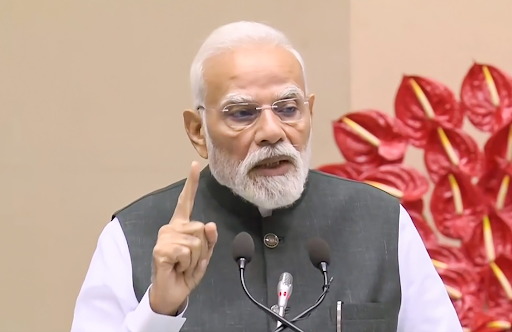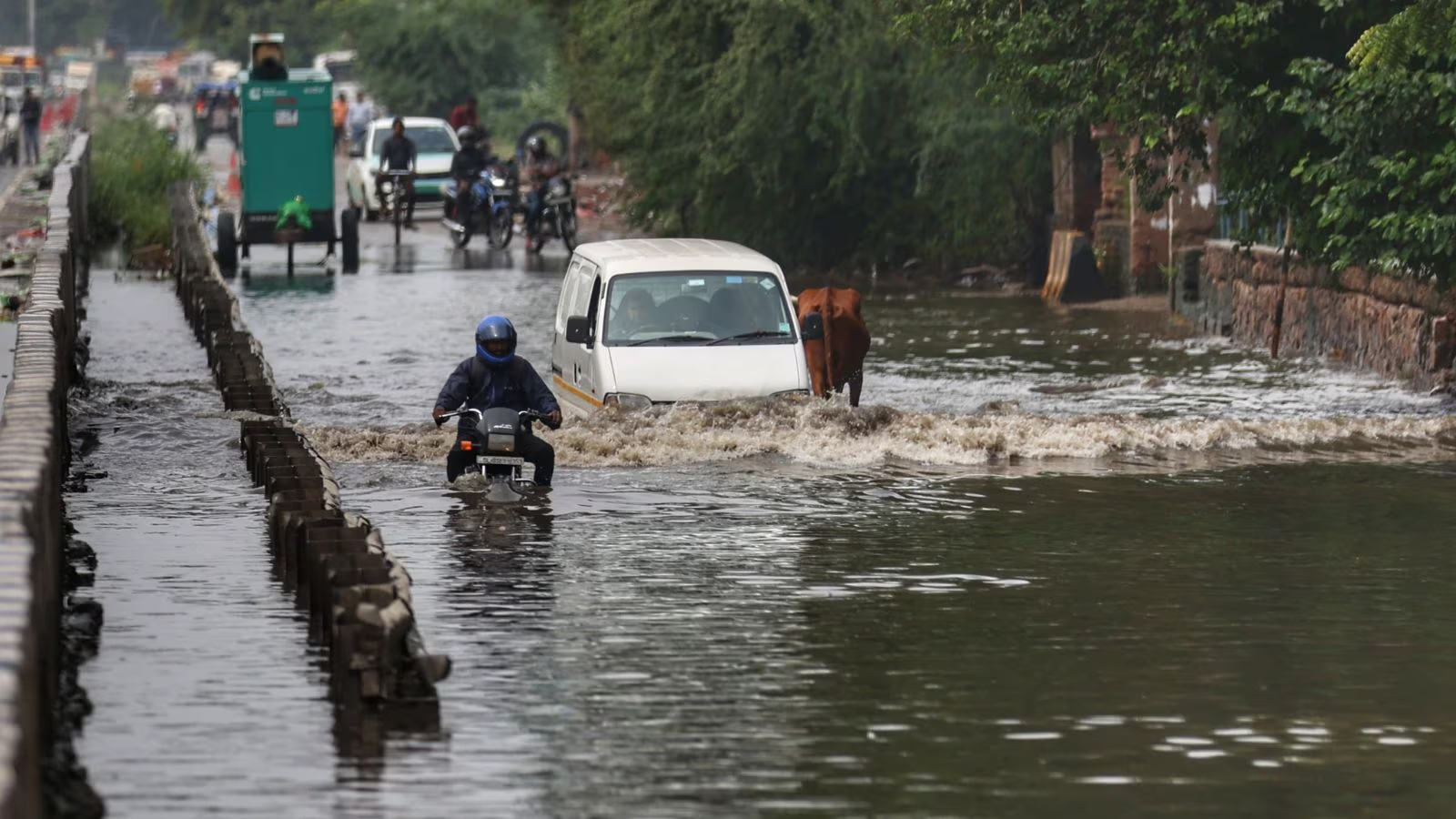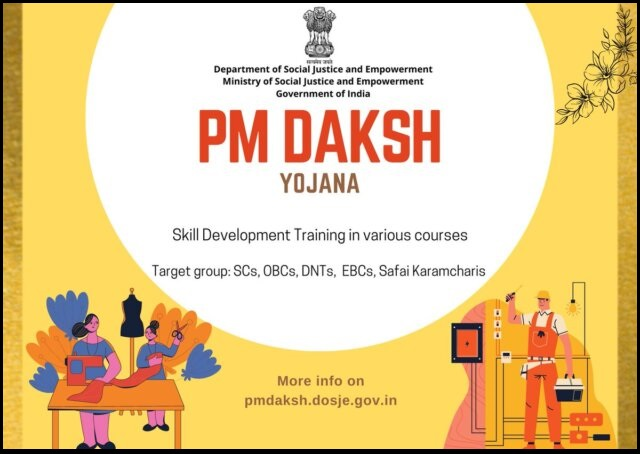Description

Disclaimer: Copyright infringement not intended.
Context
- The Bruhat Bengaluru Mahangara Palike (BBMP) has proposed a Solid Waste Management (SWM) Cess of ₹100 per month for each household.
- This proposal has sparked debate and criticism among residents and stakeholders.
Rationale Behind SWM Cess
- Regulatory Framework: ULBs levy user fees or SWM cess as per the provisions of the Solid Waste Management Rules, 2016. These guidelines require ULBs to collect user fees/cess for SWM services provided.
- Current Rates: Typically, ULBs charge about ₹30-50 per month as SWM cess, collected along with property tax. ULBs are now considering revising these rates to impose higher charges on bulk waste generators to meet the costs of providing SWM services.
Financial Strain of Solid Waste Management
- Resource Intensive Service: SWM services are complex and resource-intensive. ULBs deploy about 80% of their manpower and up to 50% of their annual budgets for SWM services.
- Capital and Operational Costs: Significant investments are made in procuring vehicles, setting up transfer stations, and processing facilities. Operational costs include salaries for staff involved in waste collection and processing plant operations.
- Volume of Waste: In Bangalore, an urban resident generates about 0.6 kg of waste per day, totaling approximately 0.2 tonnes per person per year. The city generates about 5,000 tonnes of solid waste per day, managed by around 5,000 waste collection vehicles, 600 compactors, and about 20,000 Paurakarmikas.
- Budget Allocation: SWM services consume 85-90% of the SWM budget for collection and transportation, while only 10-15% is spent on processing and disposal of waste.
Operational and Revenue Challenges
- Revenue Shortfall: Despite significant spending, there is no guaranteed revenue from SWM services. Waste consists of 55-60% wet biodegradable material and 40-45% non-biodegradable material, with minimal recyclable material.
- Financial Viability of Processing: Composting and biogas generation from solid waste are financially unviable, yielding only 10-12%. Operational revenue covers only 35-40% of expenses, with the rest subsidized by the ULB.
- Additional Challenges: ULBs face issues like clearing open points, preventing littering, seasonal waste generation changes, and sweeping operations. Disposal of non-compostable and non-recyclable dry waste is costly.

Budget Implications for Large and Small Cities
- Expenditure vs. Revenue: Large cities like Bangalore spend about 15% of their budget on SWM, whereas revenue from SWM services is negligible. Smaller cities spend up to 50% of their budget with similarly negligible revenue.
Strategies to Reduce Operational Expenditure
Segregation of Waste at Source:
- Increases yields from composting operations up to 20%.
- Sends more dry waste for recycling.
- Reduces operational costs but requires significant effort to ensure compliance.
Reducing Single-Use Plastic:
- Decreases the bulky non-recyclable waste.
- Reduces transportation costs to send waste to cement factories or waste-to-energy projects.
Decentralised Composting Initiatives:
- Implement Micro Composting Centers (MCCs) at the ward level.
- Reduces transportation costs and opposition from residents due to odor and leachate issues.
Information, Education, and Awareness (IEC) to Prevent Littering:
- Reduces the need for sweeping roads and clearing drains.
- Allows staff redeployment to waste processing and value recovery.
Bulk Waste Generators to Process Their Own Waste:
- Large institutions can set up in-house waste processing facilities.
- Reduces the load on ULBs and maintains cleaner premises.
Conclusion
- Reducing operational costs and improving SWM services requires substantial effort and cooperation from ULBs, waste generators, and residents.
- The proposed SWM cess aims to cover a portion of the costs incurred in offering SWM services.
- A balanced approach, combining marginal user charges with efficient operations, is essential to make cities cleaner and more livable.
|
PRACTICE QUESTION
Q. Examine the effectiveness of implementing a Solid Waste Management (SWM) Cess in urban areas. Discuss its potential to address waste management challenges, promote recycling, and enhance environmental sustainability. Provide real-world examples to support your analysis.
|












